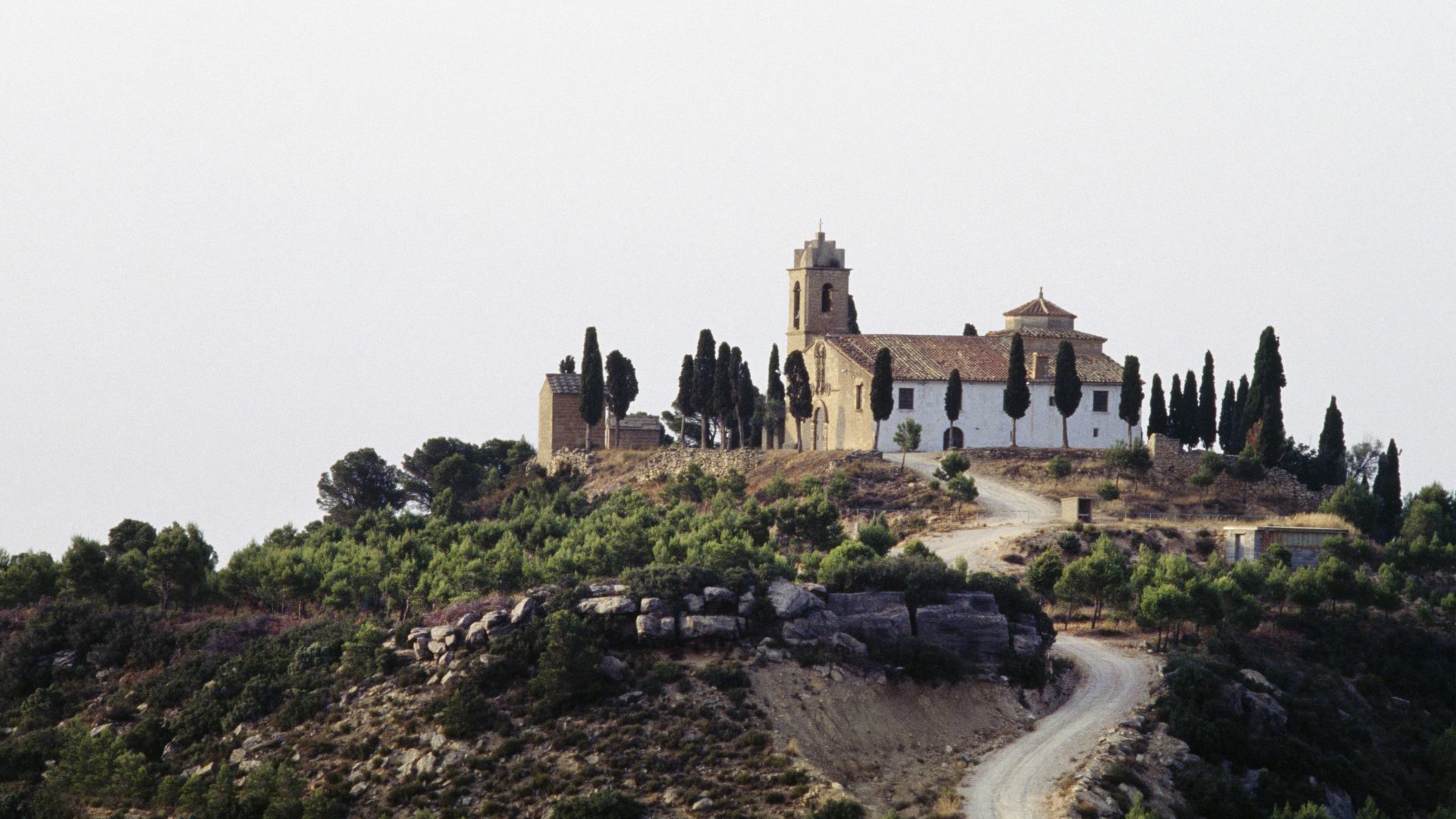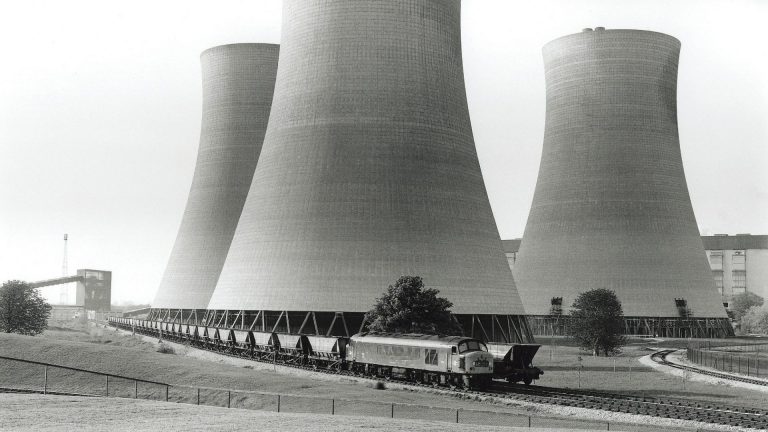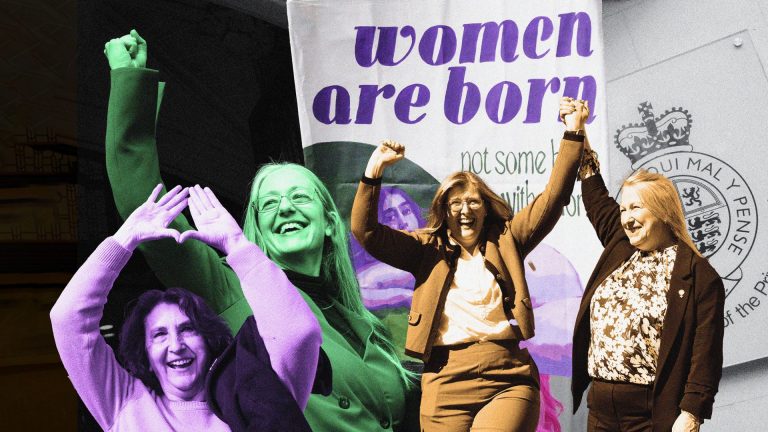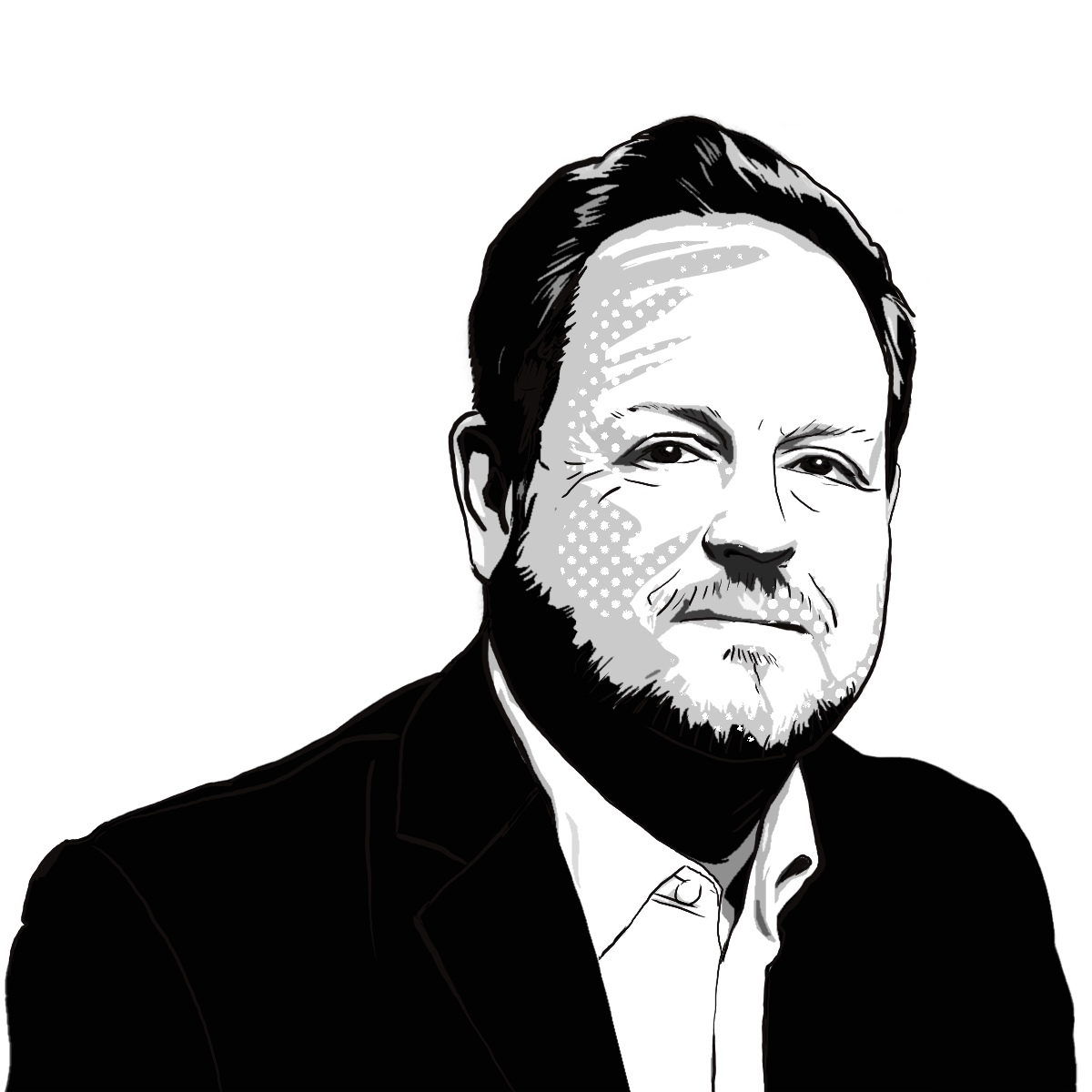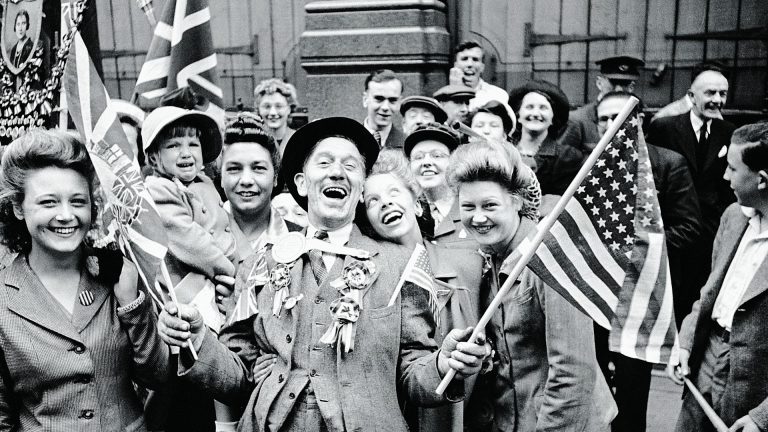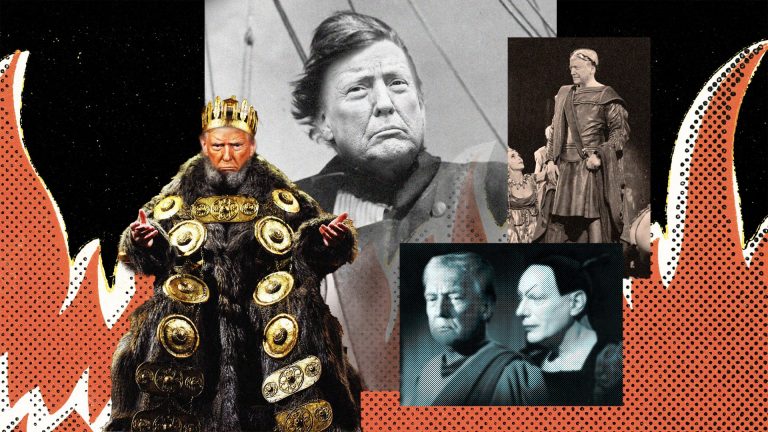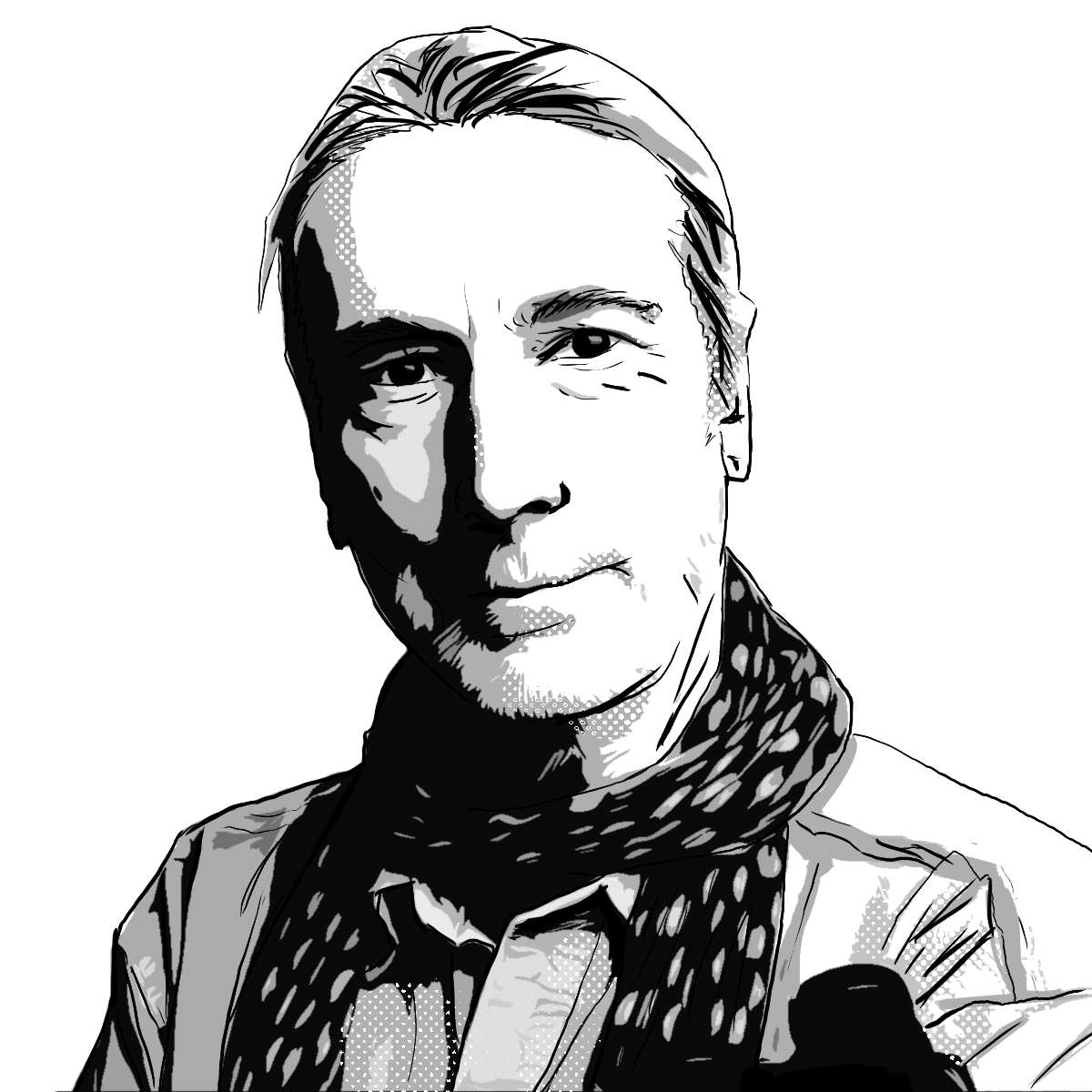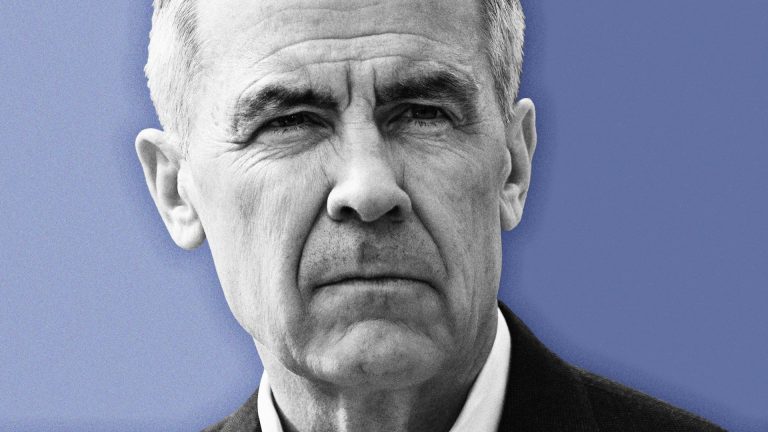At dawn, we gather on the road just short of Calaceite, Aragon, by the stump of the old milestone.
Around us, this small, medieval settlement has now petered out into a jumble of shuttered garages and shadowy old factories. The wind is cold, the night slowly fading. At this hour, there’s a subdued, watery colouration to the surrounding olive and almond groves.
Yet there’s nothing subdued about the bright red banner Frank Duffy and Tom Ryan have unfurled here this morning. It’s the flag of the British Battalion of the International Brigade – a half-forgotten jumble of volunteers who came to this spot, 87 years ago, to fight fascism in the Spanish Civil War.
We’re here to commemorate them and the catastrophic ambush they suffered at Calaceite, back on March 31, 1938. Among us, too, are some of their descendants.
Frank and Tom’s ancestors were Battalion members James Duffy from Glasgow and Frank Ryan from Limerick. Here with us too, are the descendants of George Hardy, a Londoner who fought alongside them.
George and James were killed near here that day, while Frank Ryan was captured a few days later.
“I’d no idea my uncle James had even been here until a few years ago,” Frank tells me.
“The family wouldn’t talk about it,” his wife, Fiona, adds. “They were angry he went to Spain – probably because they were Catholics and the Catholic church supported Franco.”
At the milestone, I look around and realise we’re some of the only souls awake at this hour.
There is just a solitary policeman, half asleep beneath a strip light in the warmth of his nearby office. In the distance, I can hear the putter of a tractor, somewhere out in the still-darkened, biscuit-coloured fields.
Then nothing. Just the howl of the icy cielo, which whips through here at this time of year, belting down from the snowy Pyrenees, far to the north.
We’ve all turned up long before the first frothing café con leche has been served at the nearest café. It’s also long before the first loaf has emerged from the tiny town bakery, squeezed into a backstreet up in the town, now huddled on the hill.
Two local history groups are behind this gathering: Porta d’Historia and the Association for the Recuperation of the Historical Memory of Aragon. Alan Warren, from Porta d’Historia, is there with us and starts a short speech.
“Why did they come here?” he asks. “Well,” he answers, “they wanted to do something. They saw fascism on the rise and they wanted to challenge it.”
It’s an explanation that keeps returning here. In March 2025, it’s also an explanation that seems compellingly relevant, while still somehow puzzling. Did they really believe in all that stuff? I keep wondering. Did it really all seem so clear?
As Alan continues, I try to write notes, but my fingers have locked solid in the cold. Alan’s speech, though, is short. Shaky photos are quickly taken by shivering hands and we hurry back to our cars.
Later, back at Lo Raconet de la Placa, my hotel in Calaceite, I ask the managers, a local couple named Jorge and Isobel, what they make of this homage to the brigadistas britanicos.
“It’s very difficult,” answers Isobel. “Very painful.”
“Yes,” says Jorge. “People were killed, families were divided. Now, people don’t remember, or don’t want to.”
Initially, the local municipality had also been involved in organising this commemoration, but at the last minute they had pulled out.
This was due to “differing opinions within the city council’s governing team”, according to a message sent to Porta d’Historia by Isel Monclus, a sympathetic local councillor.
In Aragon, the provincial government is a coalition of the far-right Vox Party and the conservative Popular Party. The coalition has rejected the Spanish socialist government’s efforts to re-examine Civil War history.
Now, it’s time to leave again and head to the town cemetery. There, we are to unveil a plaque to the memory of the British Battalion members killed here. The way is via the crumbling old main road, now cut across by the speeding, N-420 highway.
I decide to walk. The route takes me past more crumbling farms, old cooperative olive presses and warehouses. There are lines of almond trees, some still in blossom, but I don’t look around much – the icy wind is still biting. Arriving at the walled cemetery, I feel as if I have taken a bath in liquid nitrogen.
But there, I see Alan laying a flower by one of the gravestones. “He was an Italian fascist soldier killed here,” he says. “But I always think, he was also someone’s son, someone’s father.”
We gather in a small corner where a mass grave is marked by a stone commemorating the “Victims of the Civil War”.
Only Franco’s soldiers were given proper burials. Those who fought for the democratically elected Spanish Republic, like the International Brigades, were left in the fields to rot. A few years after the old dictator died, however, locals gathered the remaining bones and skull fragments and re-buried them here.
Jackie Robins, George Hardy’s niece, helps unveil the plaque. “I’m here for my mother and aunt, too,” she says. “It’s the woman’s side of this that’s always left untold. My aunt, my mother – they never got over George’s death. They never regretted him coming, but they never got over it.”
Frank Ryan’s descendant, Tom, holds the British Battalion flag during the ceremony. This is, perhaps, a little ironic. Frank Ryan had led an IRA column against the British during the Irish War of Independence, a few years before the Spanish Civil War broke out.
“He fought bravely here,” Tom tells me. “He was wounded twice and at one point made commanding officer of the British battalion.”
Suddenly though, there’s a commotion at the cemetery gates. A long, solemn procession of other mourners has entered. Slowly, they process along the gravel path a few metres from where we are standing.
A rumour quickly rushes around our group. “There’s an old woman in Calaceite…” one of the mourners I don’t recognise says. “…Yes – her husband was a long-time fascist!” says another. “She was told to remove all the fascist emblems from his grave. Is that her?”
We look across at them and the other mourners look back. They are all dressed in black, some carrying wreaths. They eye us suspiciously. Hostility seems to be prickling the cold, shadowy air.
Then, “Does it matter if it is?” asks Jackie. We turn and carry on with our commemoration. They – whoever they are – carry on with theirs.
Back at the hotel, as I am leaving, Jorge has something more to say. “The thing is,” he says, “nobody wants to go back to any of that. Only a fool would want it. A bloody, damn, fool,” he curses, turning away – but not before I catch a glimpse of a tear.
Outside, the wind is still howling, but at least the sun has come up now, casting away a few of the long shadows.

